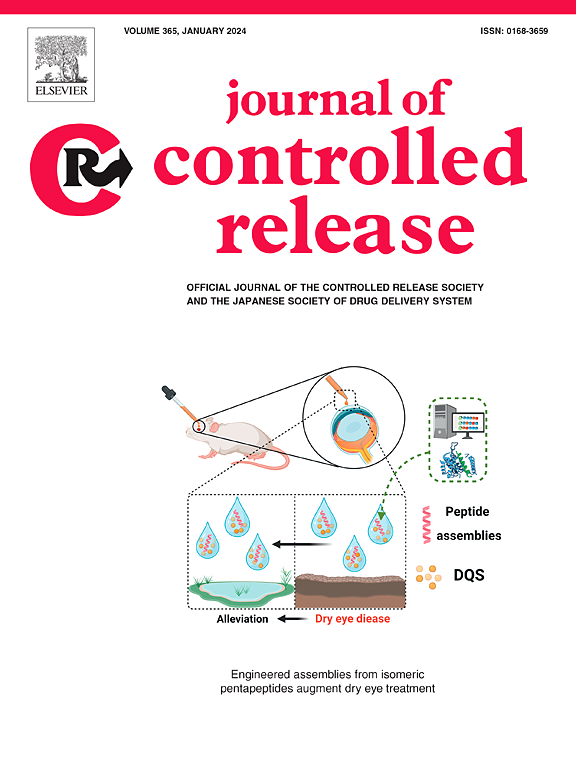Enhancing the bystander effect of antibody-drug conjugate by using a novel caspase-3 cleavable peptide linker to overcome tumor heterogeneity
IF 10.5
1区 医学
Q1 CHEMISTRY, MULTIDISCIPLINARY
引用次数: 0
Abstract
Tumor heterogeneity is a major obstacle to effective targeted therapies, including those utilizing antibody-drug conjugates (ADCs). Although some ADCs employ the bystander effect to eliminate neighboring antigen-negative cells, their efficacy often diminishes as antigen-positive cell populations decrease within heterogeneous tumors. To address this limitation in ADC therapies, we developed a novel ADC using a caspase substrate, Asp-Glu-Val-Asp (DEVD), as a linker to generate a more potent and sustained bystander effect. The DEVD ADC effectively targeted antigen-positive cells and released its payload via cathepsin B cleavage. Notably, it exhibited a significant bystander effect mediated by the caspase-3-triggered extracellular cleavage of the linker, enhancing payload release into the tumor microenvironment. In breast cancer xenograft models, the DEVD ADC maintained its efficacy and continued to exert a bystander effect even after the depletion of antigen-positive cells, thereby overcoming challenges posed by tumor heterogeneity. These findings emphasize the potential of DEVD linkers in enhancing ADC efficacy against heterogeneous solid tumors, offering a promising strategy to improve therapeutic outcomes.


求助全文
约1分钟内获得全文
求助全文
来源期刊

Journal of Controlled Release
医学-化学综合
CiteScore
18.50
自引率
5.60%
发文量
700
审稿时长
39 days
期刊介绍:
The Journal of Controlled Release (JCR) proudly serves as the Official Journal of the Controlled Release Society and the Japan Society of Drug Delivery System.
Dedicated to the broad field of delivery science and technology, JCR publishes high-quality research articles covering drug delivery systems and all facets of formulations. This includes the physicochemical and biological properties of drugs, design and characterization of dosage forms, release mechanisms, in vivo testing, and formulation research and development across pharmaceutical, diagnostic, agricultural, environmental, cosmetic, and food industries.
Priority is given to manuscripts that contribute to the fundamental understanding of principles or demonstrate the advantages of novel technologies in terms of safety and efficacy over current clinical standards. JCR strives to be a leading platform for advancements in delivery science and technology.
 求助内容:
求助内容: 应助结果提醒方式:
应助结果提醒方式:


